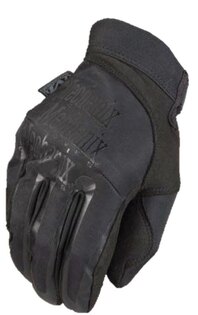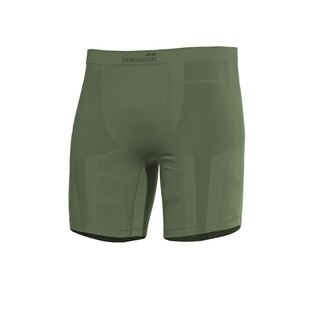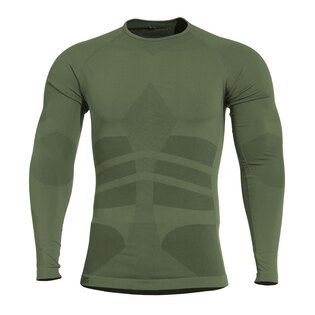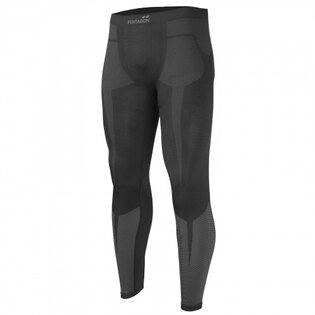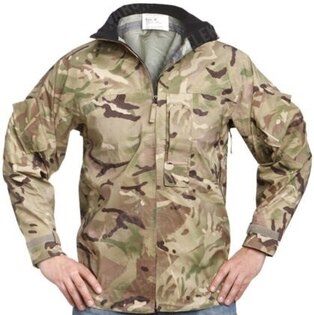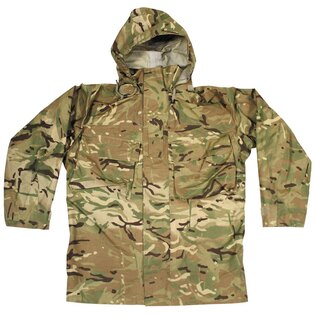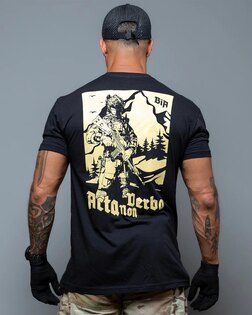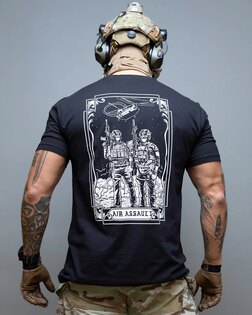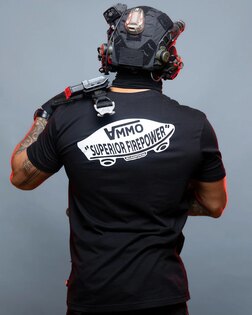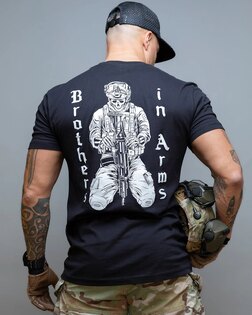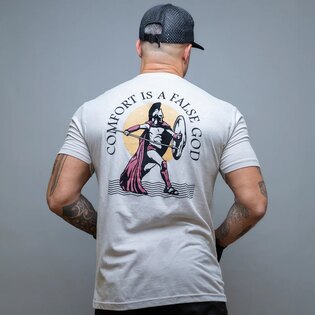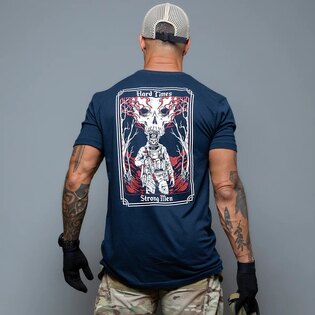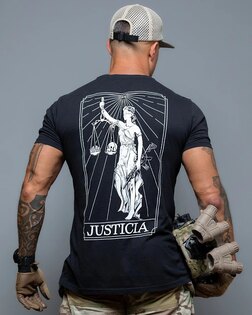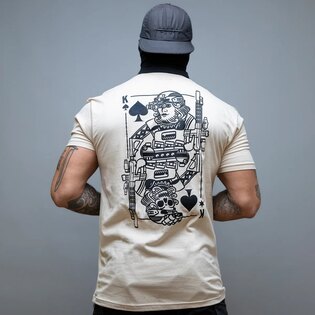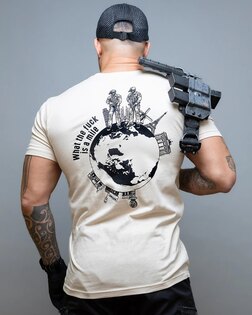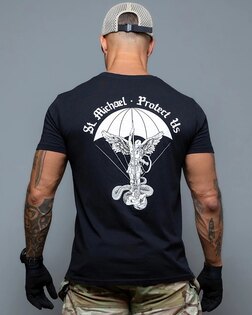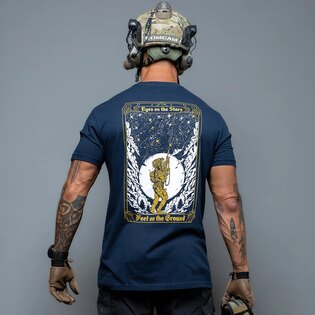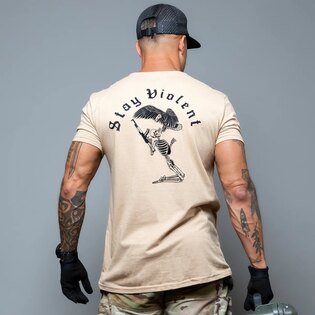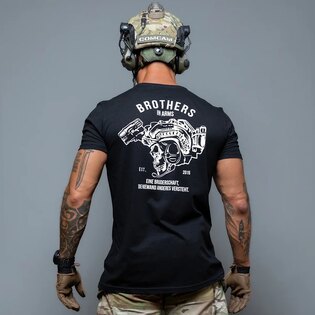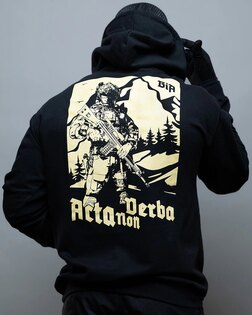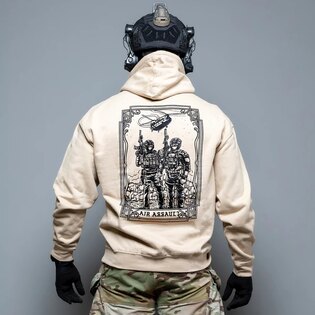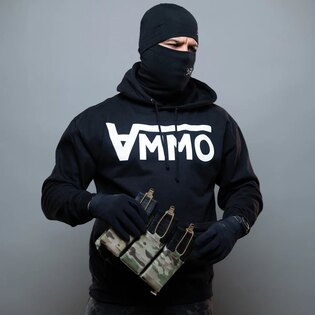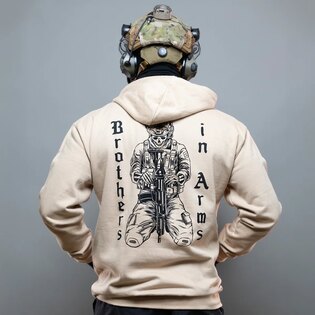6 legendary and innovative camouflage patterns
Are you interested in legendary designs such as Flecktarn, Multicam or Woodland? Or are you a fan of new and innovative designs such as Kryptek, PenCott, Concamo or MAD21? Either way, you've come to the right place. Join us as we delve into the history and trivia of camouflage.
3 most common patterns
The three most widely used patterns are Flecktarn, Multicam and Woodland. These designs are united, for example, by the fact that they have won legions of supporters as well as die-hard opponents. As a result, these are some of the most popular, but also some of the most hated patterns in history.
Flecktarn
Flecktarn is one of the most affordable and widespread camouflage patterns on the European market. This for its time innovative pattern was officially introduced in 1976 and finally approved 13 years later.
Some historians claim that the Flecktarn has its origins in the Erbsenmuster (pea) pattern used by SS troops in World War II. However, there is almost no evidence for this claim.
The original version of Flecktarn consists of the following five colours:
- black,
- red-brown,
- dark olive,
- medium rich olive,
- moss green.
However, other versions have been created, which differ in the number of colours. You can find three, four and six-colour versions. In addition, the pattern has also received its desert adaptation. The so-called Tropentarn saw the light of day in 1993 and combines olive, red-brown and yellow-brown.
However, the modification of the pattern did not end there. New versions of the Flecktarn, which differed in colour design and number of colours, were introduced by Denmark, Belgium, China and Poland, for example.
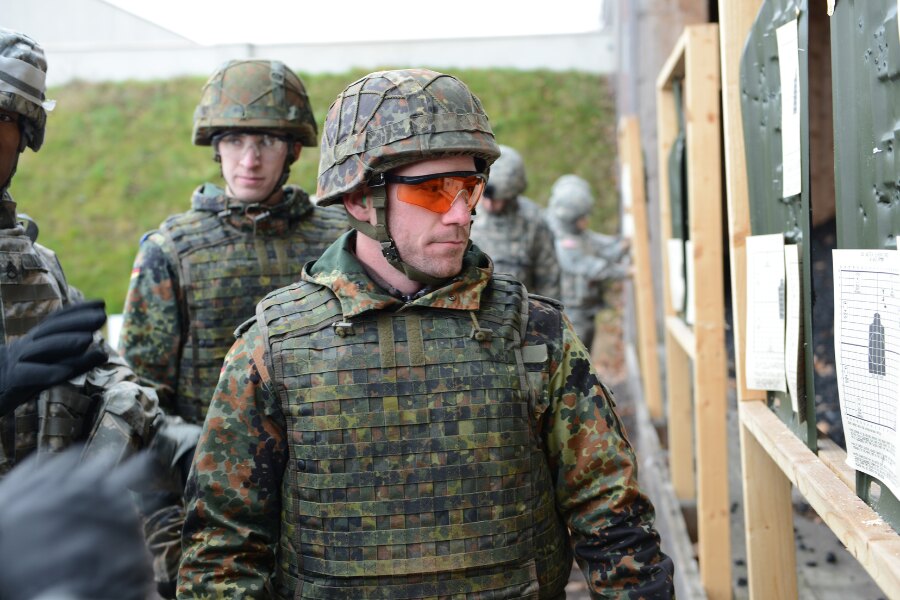
The word "Flecktarn" comes from the German words "Fleck" (point, dot, circle, dot, ...) and "Tarnung" (camouflage).
Multicam
Multicam, like Flecktarn, is a widespread pattern that can be used in almost any environment and at different times of the year. It was first introduced in 2002 by the American company Crye Precision and almost immediately gained a large following of fans, but also critics.
Multicam combines a wide range of colours from cream, olive, light green to dark brown. As a result, its appearance can change from dominant green to dominant brown, and the smaller shapes then break up the larger background areas better.
There are four basic versions:
- ALPINE (version for snowy areas),
- ARID (desert version for areas consisting of sand and stones),
- BLACK (version for police officers, which was also used during night actions),
- TROPIC (tropical version for areas with dense vegetation).
All four versions are designed to be combined seamlessly with the basic Multicam version, although this may be a bit questionable with the ALPINE version. The great popularity of the pattern is also demonstrated by the wide range of adaptations and newer variants. For example, Hungary, Portugal, Romania, Russia and New Zealand have their own original versions.
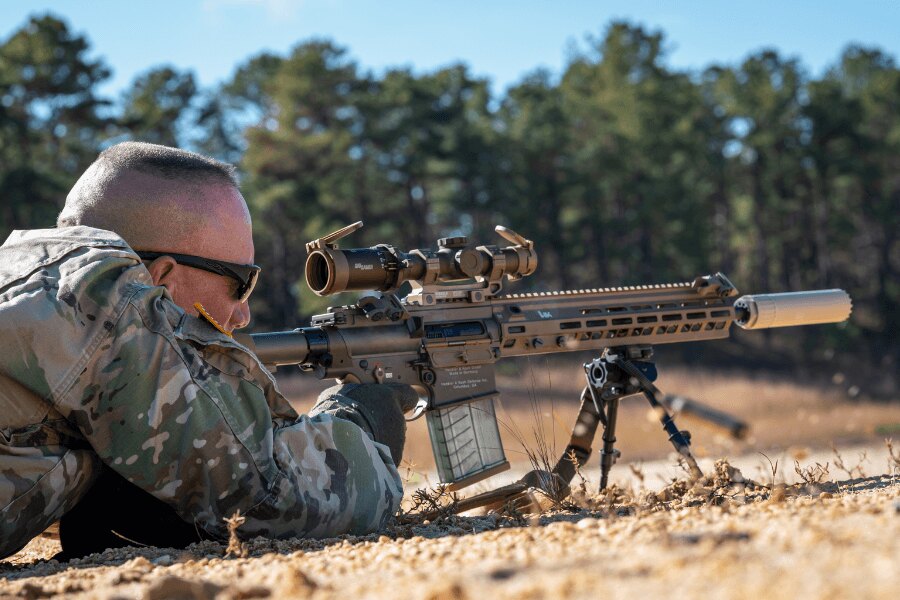
The MultiCam® camouflage pattern has been developed to most effectively eliminate both visual and near-IR signatures.
TIP: You can find out more about camouflage patterns in our glossary, which we regularly update.
Woodland
Woodland was introduced into the U.S. Army in 1981, where it served until 2000, when it was replaced. The very first branch of the Army to incorporate the pattern into its equipment was the U.S. Marine Corps. The pattern can be seen abundantly in photos from the wars in Syria, Iraq and Afghanistan.
This is a high contrast and distracting pattern that consists of four primary colours:
- green,
- brown,
- sand,
- black.
Woodland found a wide range of use in the United States Army, proving itself in the infantry, navy, national defense, airmen and marines. To this day, it remains widespread in more than 50 countries around the world, and you can also see many imitations and copies that mimic the pattern.
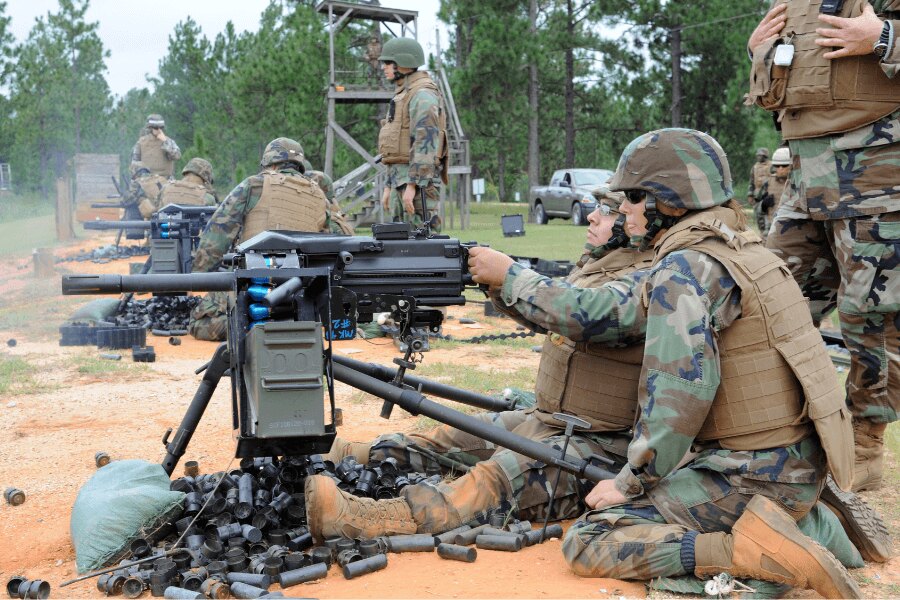
The Woodland camouflage pattern is one of the most commonly copied and duplicated type and is used by many armies and units around the world.
3 innovative patterns
Here we will focus on Kryptek, PenCott and Concamo camouflage patterns.
Kryptek
Kryptek is a modern camouflage that has not yet been incorporated into the armament of any army. The pattern is the work of a group of US Army personnel and Special Forces members who focused on designing the ideal pattern for hunting and being outdoors.
The camouflage is original mainly because of its combination of colours and shapes, which break up the silhouette extremely effectively. The wide range of colours provides you with the perfect camouflage for many different environments.
The following patterns are particularly well known:
- BANSHEE (version for autumn colours),
- ALTITUDE (version for extreme and rapidly changing conditions - alpine environments),
- HIGHLANDER (version for drier and less forested areas),
- MANDRAKE (version for forested areas),
- NOMAD (version for desert conditions),
- RAID (version for urban use),
- TYPHON (a version of night camouflage, for example for SWAT),
- WRAITH (YETI) (version for use in snowy areas).
Kryptek is nowadays an integral part of many hats, tents, blouses or other accessories that make your stay in nature easier and ensure maximum pleasure not only when hunting.
PenCott
PenCott is an extremely advanced version of camouflage, the result of years of independent scientific research and development by Dom Hyde in the UK. The pattern is particularly interesting because it is based on four distinct areas that the developers have tried to combine.
They focused their attention on:
- the natural camouflage of animals,
- effective historical and contemporary patterns,
- the latest printing options,
- shape psychology (how people perceive colours, shapes, textures).
The result of the research is a highly effective camouflage pattern with extremely intrusive camouflage properties. PenCott is used by a wide range of users from special forces to riot police to airsoft players.
The manufacturer offers a total of 8 types of camouflage:
- GreenZone (for temperate, semi-tropical and tropical terrain),
- BadLands (for dry, semi-arid and bushy terrain),
- SandStorm (for dry, infertile and desert terrain),
- MetroPolis (for urban use),
- SnowDrift (for use in snow),
- WildWood (for mixed forests and scrubland),
- LeatherNeck (for North American environments),
- DevilDog (for plateau, semi-desert and scrubland environments).
Concamo
Concamo is a unique camouflage pattern composed of 25 interlocking layers. These layers are designed to create an optical illusion. The illusion created then overwhelms even the eye of an experienced observer, who completely misses the masked person. Research into the Concamo camouflage pattern was undertaken in 1992 by former Commandos member Matthias Bürgin and completed less than 25 years later.
Three basic patterns:
- Concamo Green (suitable for green-brown areas),
- Concamo Beige (suitable for dry areas),
- Concamo Brown suitable for European and northern European autumn and winter forests).
The Concamo camouflage pattern was a breakthrough in the world of camouflage and is considered one of the best patterns in the world. For the first time, it shifts the focus from blending in perfectly with the environment to the idea of overwhelming the observer whose brain cannot see through the optical illusion.
We ourselves are so impressed by Concamo camouflage that you can find a range of products using these extremely effective camouflage elements in our offer. These include camouflage tarps, nets, ponchos and other Ghosthood products.
TIP: Read our article that discusses the Concamo model in more detail.
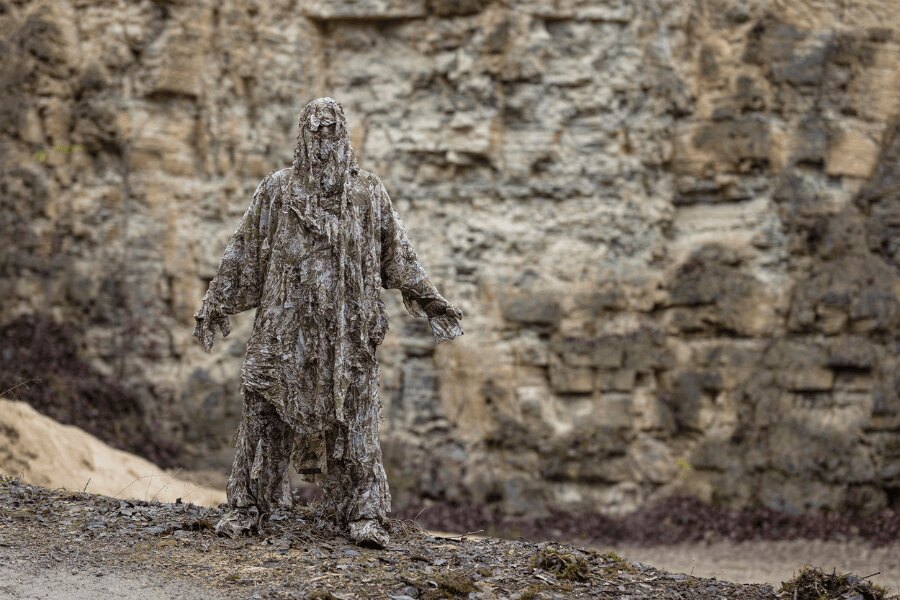
New Czech pattern in sight?
At the beginning of last year, a new potential pattern for the Czech Army was introduced, which could end the long era of the 95 camouflage. The new pattern is called MAD21 and thanks to its multi-purpose printing it should provide effective cover not only in the open air but also in populated areas.
The MAD21 is to some extent based on the current camouflage pattern of the AČR Forest (95) and aims to unify the printing for forest and desert so that only one pattern can be used instead of the current two. In addition to modifying the pattern, the material and cut of the uniforms should be changed at the same time. Czech soldiers would thus be able to look forward to a brand new functional pattern that would be equal in quality and execution to modern camouflage patterns.
Readers are further interested





































































































































